
Canada Appeals for International Firefighting Aid
June 09, 2025: Canada has issued an international appeal for firefighting support as wildfires intensify across multiple provinces
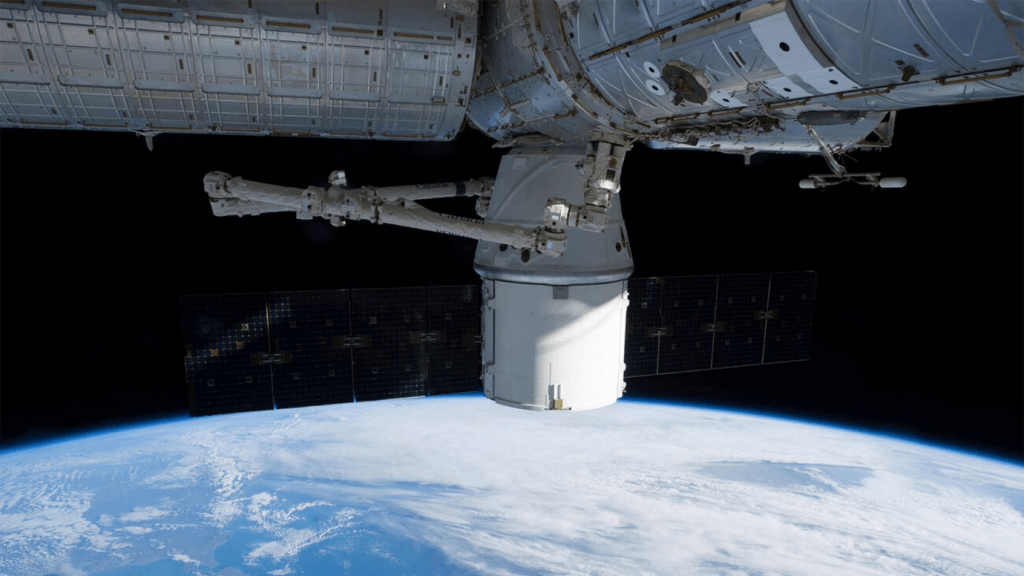
March 6, 2023: SpaceX is launching four people to the International Space Station from Florida as Elon Musk’s firm begins the last of the original six tasks acknowledged by NASA.
Crew-6, the mission for NASA, is bringing the team to the space station for a half-year stay in orbit. The task is SpaceX’s sixth operational crew launch for NASA and the firm’s ninth human spaceflight to date.
“If you enjoyed your ride, please do not forget to give us full stars,” SpaceX mission control knew out following the capsule reached orbit.
“That was great, thank you,” Crew-6 commander Stephen Bowen stated.
Crew-6 launched a little following midnight on Thursday morning, beginning a 24-hour journey to the ISS. The mission is bringing the number of astronauts SpaceX has ventured to 34, including government and private missions, since its initial crewed launch in May 2020.
The Crew-6 astronauts after launch, from left: Russian cosmonaut Andrey Fedyaev, NASA astronauts Warren Hoburg and Stephen Bowen, and United Arab Emirates astronaut Sultan Alneyadi.
The crew included two Americans, one Russian and each Emirati, NASA astronauts Warren Hoburg and Stephen Bowen, Roscosmos cosmonaut Andrey Fedyaev, and UAE astronaut Sultan Alneyadi.
SpaceX is launching the astronauts in its Crew Dragon tablet, Endeavour, on top of a Falcon 9 rocket. The rocket and capsule are being used, with the latter flight on its coming mission.
After a last-minute delay in SpaceX’s first launch attempt on Monday, a data review rectifies a clogged filter in a ground program as the cause of apparent problems in the fluid that ignites the rocket’s engines. SpaceX replaced the filter and final verification steps to make Thursday’s launch.
SpaceX was growing its Crew Dragon spacecraft and fine-tuned its Falcon 9 rocket under the competitive Commercial Crew meeting of NASA, competing against Boeing’s Starliner capsule. But Boeing’s capsule remains in growth, with delays pushing back the begging of operational Starliner flights.
NASA is awarding SpaceX additional missions, for an amount of 14, compared to Boeing’s six.
We provide the insights on leaders who are responsible for taking their organization to new heights, all the while bringing together a group of talented individuals.

June 09, 2025: Canada has issued an international appeal for firefighting support as wildfires intensify across multiple provinces
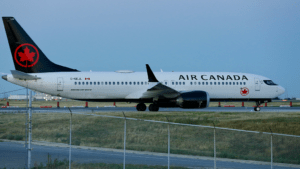
May 27, 2025: Air Canada Cuts Five U.S. Routes for Winter 2025–26, Part of Broader Cross-Border Retrenchment

May 26, 2025: Trump Freezes $2.2B in Federal Grants to Harvard Over DEI, Threatens Tax-Exempt Status.
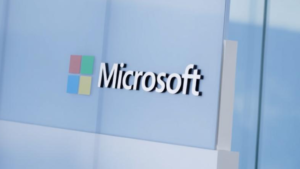
May 14, 2025: Microsoft has announced plans to reduce its global workforce by approximately 3%, affecting roughly 10,000 employees across multiple departments.
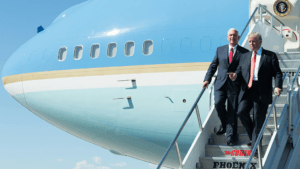
May 13, 2025: The Trump administration is considering suspending the constitutional right of habeas corpus in a bid to accelerate mass deportations.
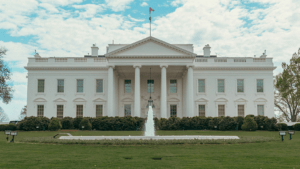
April 29, 2025: Donald Trump’s second term has reached the 100-day mark under sustained public skepticism, with national approval ratings